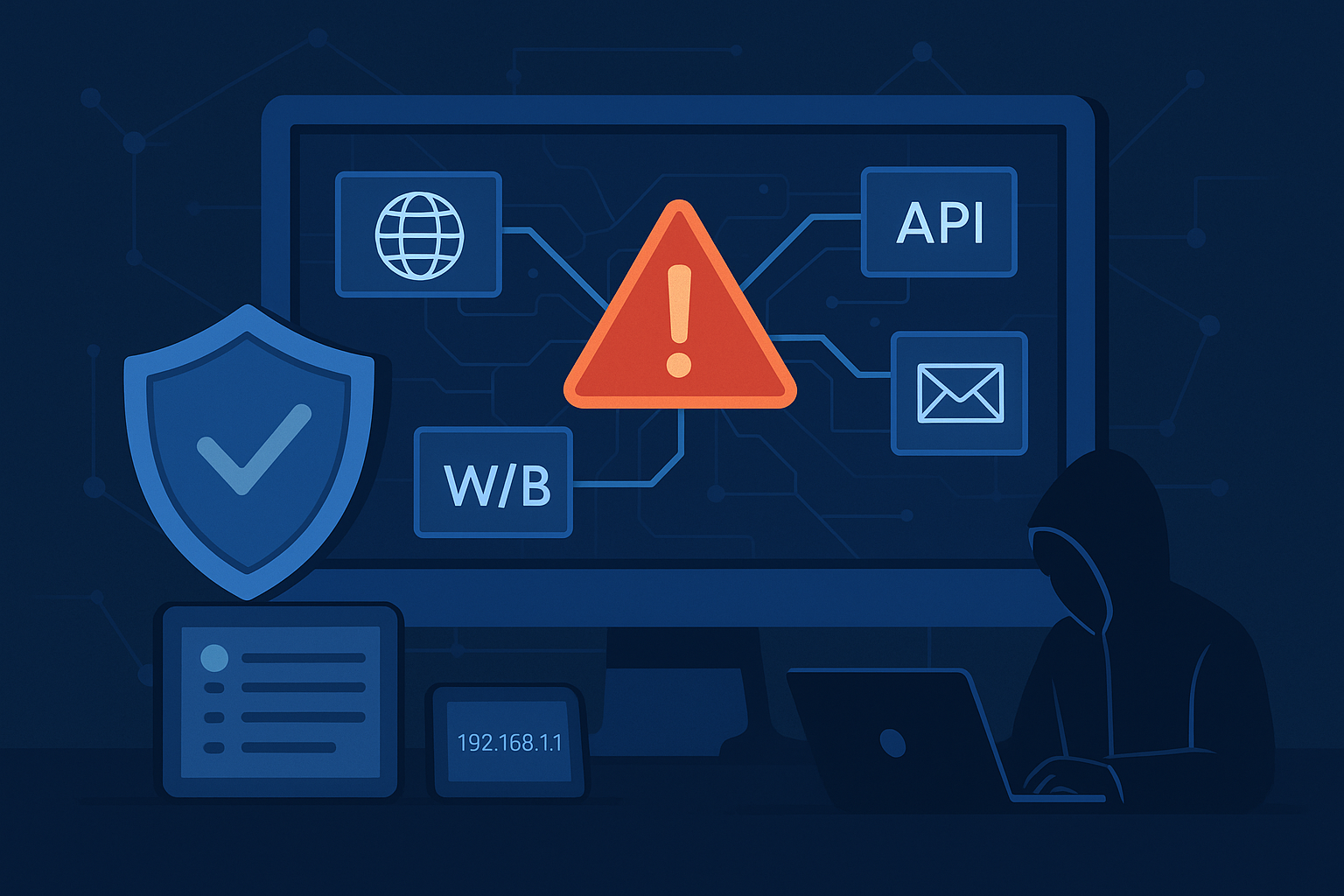External Attack Surface Management (EASM): assess, prioritize, remediate
External Attack Surface Management (EASM) encompasses the practices, procedures, and tools aimed at mapping, monitoring, and securing all of a company’s digital assets exposed on the Internet. It provides organizations with complete knowledge and control over the resources visible externally to an attacker.
EASM has become essential in a context of widespread Cloud Computing, interoperability, and poor internal practices. EASM thus stands as a proactive approach to reducing one’s digital exposure surface.
What is EASM?
External Attack Surface Management (EASM) aims to identify, assess, and remediate all external attack vectors of a company linked to the exploitation of digital assets (servers, open ports, domain names, SSL certificates…), which are not properly controlled on the Internet. EASM identifies potential cyber vulnerabilities through an inventory and management of sensitive assets.
Even if most digital assets are known and registered, a large portion escapes monitoring, especially when related to third parties.
What assets are exposed?
EASM helps identify the “blind spots” linked to Shadow IT and forgotten or poorly managed legacy web services.
- Domain names and subdomains,
- Public IP addresses,
- Web and mobile applications,
- Cloud environments,
- Exposed APIs,
- Services inadvertently accessible, not updated, or minimally configured.
EASM, ASM, CTEM… how do they complement each other?
EASM is a specific component of Attack Surface Management (ASM). Its scope focuses on publicly exposed resources and therefore directly exploitable by a cybercriminal. ASM and CTEM (Continuous Threat Exposure Management), on the other hand, cover broader scopes and include a logic of continuous monitoring.
| Approach | Main objective | Scope | Frequency | Example use case |
|---|---|---|---|---|
| EASM | Map only Internet-exposed assets | External | Continuous | Monitoring domains, IPs, APIs |
| ASM | Identify all assets of an organization (internal + external) | Broad, includes internal & external | Periodic | Inventory of all systems |
| CTEM | Prioritize and test threats dynamically | Internal + external | Continuous, scenario-based | Attack scenario validation |
Where does EASM end?
Managing the external attack surface must be accompanied by broader cybersecurity monitoring. Additionally, penetration tests help evaluate the security of a system or application through simulated attack exercises. Pen tests may uncover potential entry points, and their results can inform EASM regarding newly discovered vulnerabilities.
However, penetration tests can be long and costly. Conversely, rating solutions such as Security Rating provide an analysis of an organization’s cyber maturity. Non-intrusive, they complement the EASM approach through third-party risk assessments (TPRM) and help identify vulnerability areas continuously to initiate remediation actions.
Why EASM is no longer optional
Addressing the expansion of the attack surface
An organization’s external attack surface grows as its systems, applications, and data migrate to the Cloud. The massive use of APIs opens new breaches. Added to this is the use of tools not approved by IT teams, exposing the information system to risks (Shadow IT).
On average, experts and auditors discover 40% more assets than what they believed they were monitoring. The rise of remote work and IoT makes managing the external attack surface even more essential.
Finally, EASM is part of a global compliance approach. For example, NIS 2 and DORA now require asset inventory and exposure assessment.
Without EASM, what are the risks?
EASM aims to strengthen operational resilience and cyber performance. For sensitive sectors (banking, healthcare, defense, public institutions), controlling their attack surface is a cybersecurity imperative.
Otherwise, an organization exposes itself to several threats:
- exposure of sensitive data due to negligence,
- compromise through an unpatched vulnerability,
- exploitation of a poorly secured Cloud service,
- loss of trust from clients or partners.
Which frameworks & best practices guide EASM?
Cybersecurity authorities emphasize the importance of controlling one’s external exposure surface.
- CISA (Cybersecurity and Infrastructure Security Agency) recommends implementing strategies and practices to limit exploitable entry points.
- NIST (National Institute of Standards and Technology) defines the “attack surface” as all vectors that a cybercriminal could use to compromise a system.
- ANSSI (French National Cybersecurity Agency) outlines in its security measures the actions required to reduce the attack surface of an information system.
These frameworks provide general guidelines, whose implementation requires the definition of internal procedures and tools adapted to the challenges and complexity of corporate IT environments.
How to manage EASM
The starting point is to set objectives for reducing the external attack surface and mitigating associated cyber risks. External Attack Surface Management must lead to a roadmap to remediate vulnerabilities.
Several indicators help monitor and manage EASM actions:
- Number of assets discovered: measures the real exposure of external resources, often broader than initially declared.
- MTTR (Mean Time To Remediation): average time needed to fix an identified vulnerability.
- Critical vulnerabilities detected on exposed systems: direct indicator of risk level.
- DNS and TLS hygiene: verification of domain, subdomain, and SSL/TLS certificate configurations.
- Email protocols (DMARC, SPF, DKIM): assessment of protection against email spoofing.
EASM: how it works and available solutions
With the proliferation of Shadow IT and human error, an External Attack Surface Management tool has become essential for cyber performance. Continuously, it scans accessible Internet assets and analyzes risk levels to accelerate remediation.
Detecting, in real time, assets exposed to cyber risks
The first step is identifying the company’s resources connected to the Internet. This automated inventory provides a complete view of exposed assets. Alerts can be configured as soon as a new exposure is detected. During this initial phase, previously unknown assets are frequently identified by operational teams.
Prioritization, remediation, and attack surface management
The goal is to measure the cyber risk level posed by exposed assets—vulnerabilities, misconfigurations, expired certificates, obsolete services… These findings are translated into priority workflows to organize remediation. MTTR is thus reduced, ensuring that the most critical risks are addressed first.
What benefits can EASM provide?
Accelerate cybersecurity operations
External attack surface management tools offer intelligent prioritization of risky assets. Security teams can focus on real, highly critical threats. EASM solutions also facilitate sharing results with business teams, IT, or suppliers to improve collaboration and strengthen cyber resilience.
Strengthen your cybersecurity strategy
Real-time visibility of exposed assets helps organizations leverage their cybersecurity tools. Better vulnerability analysis guides control, measurement, and remediation actions, aligned with existing procedures. Ultimately, EASM can reduce cybersecurity risk by an average of 30%.
Reduce IT costs and improve efficiency
Quickly identifying obsolete systems or unused services is valuable for rationalizing IT assets and optimizing the allocation of cybersecurity resources.
How does Board of Cyber support an EASM approach?
External Attack Surface Management (EASM) must fit into a global cybersecurity strategy. Compliance assessment, supplier risk analysis (TPRM) and the monitoring of cyber performance must complement the management of the attack surface.
Security Rating®: non-intrusive and continuous cyber scoring of assets
Based on the company's public domains, Security Rating® performs an automated and non-intrusive assessment of the company’s assets. In less than 20 minutes, a score from 0 to 1000 is assigned to the organization. This continuous evaluation provides reports and dashboards offering decision-makers an enlightened and centralized view of their cyber maturity.
RSSI teams receive clear and immediate remediation actions to deploy.
This rating includes several dimensions:
- The external attack surface: domains, subdomains, IPs, exposed Cloud applications.
- Messaging security: SPF, DKIM, DMARC configuration to reduce phishing risks.
- TLS/SSL and DNS protocols: compliance, resilience and encryption best practices.
- Detected vulnerabilities: missing patches, obsolete software, misconfigurations.
- Known incidents: data leaks, past compromises, public anomalies.
Use case: How does EASM scoring help CISOs daily?
Managing cyber risk at all levels of the organization
Security Rating covers all levels of the organization (subsidiaries, branches…). The reports and analyses produced offer a complete view of cyber maturity. This logic also applies in the public sector, where regional or departmental administrations support the municipalities of their territory.
The Security Rating® solution zooms individually into each local structure to provide personalized and pragmatic guidance on their cyber risks.
Assessing supplier risk
A Third Party Cyber Risk Management (TPCRM) strategy requires continuous evaluation of third parties. Listing and analyzing their cyber risks helps identify areas for correction to limit potential attacks. As part of managing the external attack surface, supplier monitoring is an essential pillar of the cybersecurity strategy.
Reducing cyber weaknesses in mergers and acquisitions
The cyber maturity of a company has become a key valuation factor in mergers and acquisitions. Acquiring a company may hide vulnerabilities, undeclared incidents or unpatched flaws. Security Rating combined with EASM serves as a non-intrusive audit tool, offering a precise view of areas for improvement in cybersecurity.
Ultimately, it helps anticipate potential remediation costs and assess cyber governance.
Choosing your EASM solution
An External Attack Surface Management solution must include four key scopes:
-
Daily monitoring of the external attack surface
Each new resource deployed must automatically be analyzed. An EASM solution must provide continuous monitoring of assets and offer a system of contextualized alerts to prioritize risks based on business impact. -
The range of detected external resources
Domains, subdomains, IP addresses, Cloud environments, used applications, APIs… list all the assets the solution will assess and the environments analyzed. Also ensure the availability and shareability of performance indicators for top management and operational teams. -
Identification of the asset's owner
Detection is the starting point, but the strength of a good EASM tool is linking each resource to its owner and its relationship with the main network: department, subsidiary, project, or third-party supplier. Automatic classification of discovered resources enables prioritization of remediation efforts by type (messaging, website, API), platform (cloud, on-premise) and exposure (critical, secondary, peripheral).
In summary, here are 10 key points to choose your EASM solution:
- Coverage of domains, subdomains, IP addresses and Cloud services.
- Detection and monitoring of critical vulnerabilities.
- Assessment of email service configuration (DMARC, SPF, DKIM).
- Control of DNS and TLS/SSL hygiene.
- Quality of collected data (freshness, accuracy).
- Rate of false positives observed on a sample.
- Ease of integration with existing internal tools.
- Prioritization and assignment options (workflows, tickets).
- Clarity and accessibility of dashboards for top management.
- Availability of expert support for critical remediation phases.
FAQ
What is the difference between EASM, ASM and CTEM?
EASM (External Attack Surface Management) focuses on the external attack surface.
ASM is broader and includes internal assets.
CTEM (Continuous Threat Exposure Management) ensures continuous and dynamic management of threat exposure.
What assets does an EASM solution cover?
An EASM tool identifies domains, subdomains, public IP addresses, Cloud environments, web applications and APIs exposed to the Internet. It also identifies shadow IT, often a source of security flaws.
EASM & Third Party Risk: what complementarity?
EASM maps an organization's external assets. It also applies to analyzing a third party’s attack surface, complementing a Third Party Risk Management (TPRM) program. This integrated approach helps assess and secure the supply chain, reduce attack risks and prioritize remediation actions.
How does an EASM tool work?
It detects exposed assets, classifies them by criticality and alerts in case of vulnerabilities. Unlike penetration tests, which are punctual, EASM provides continuous management of threat exposure.
What criteria should be checked to choose an EASM solution?
To choose an EASM solution, ensure:
- comprehensive coverage of assets (DNS, TLS/SSL, messaging, APIs, cloud);
- accuracy and low rate of false positives;
- integration capabilities with internal tools (SIEM, ITSM, GRC);
- availability of support and SLAs for fast remediation;
- dashboards allowing tracking of asset mapping and cyber criticality.








